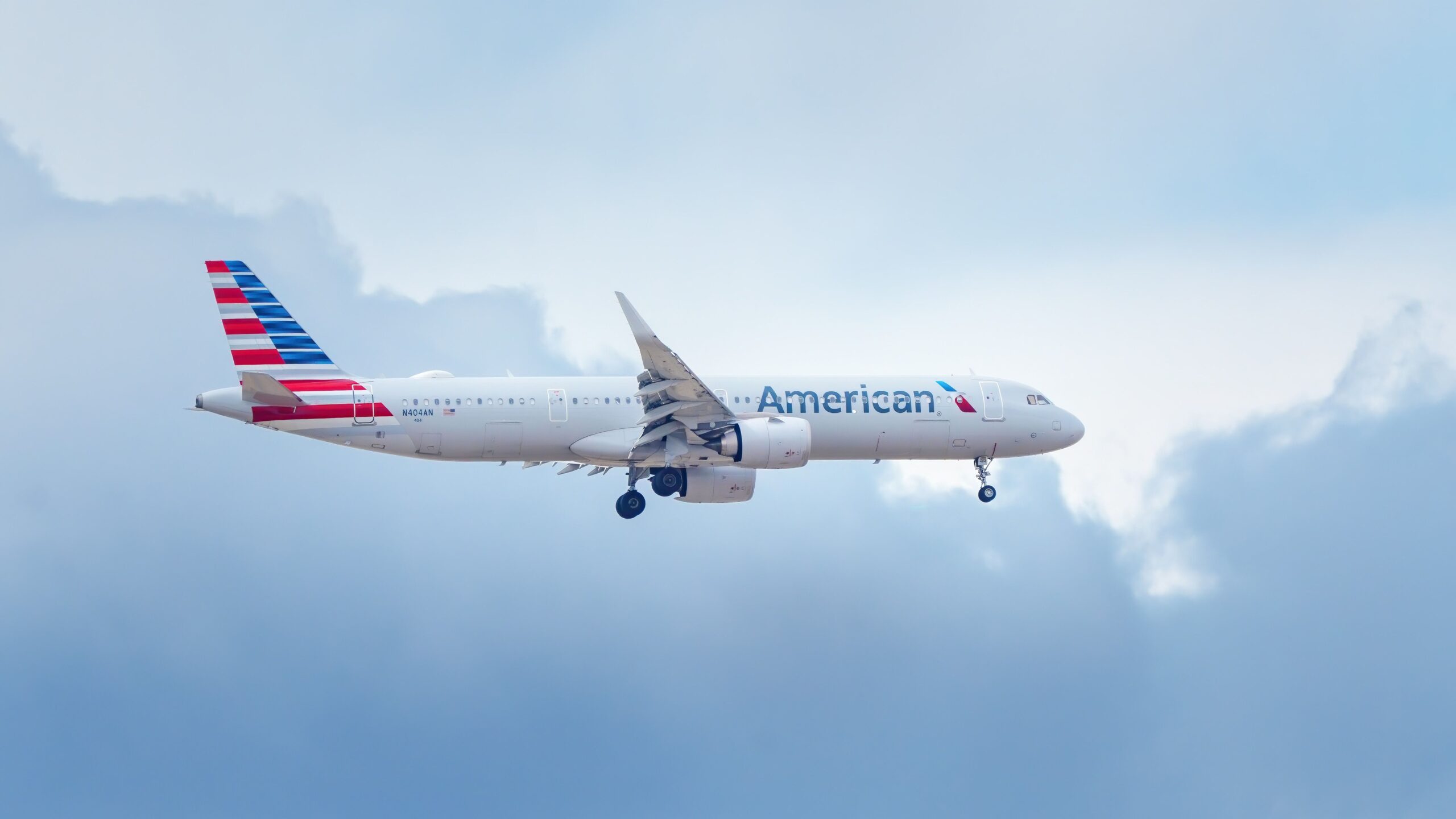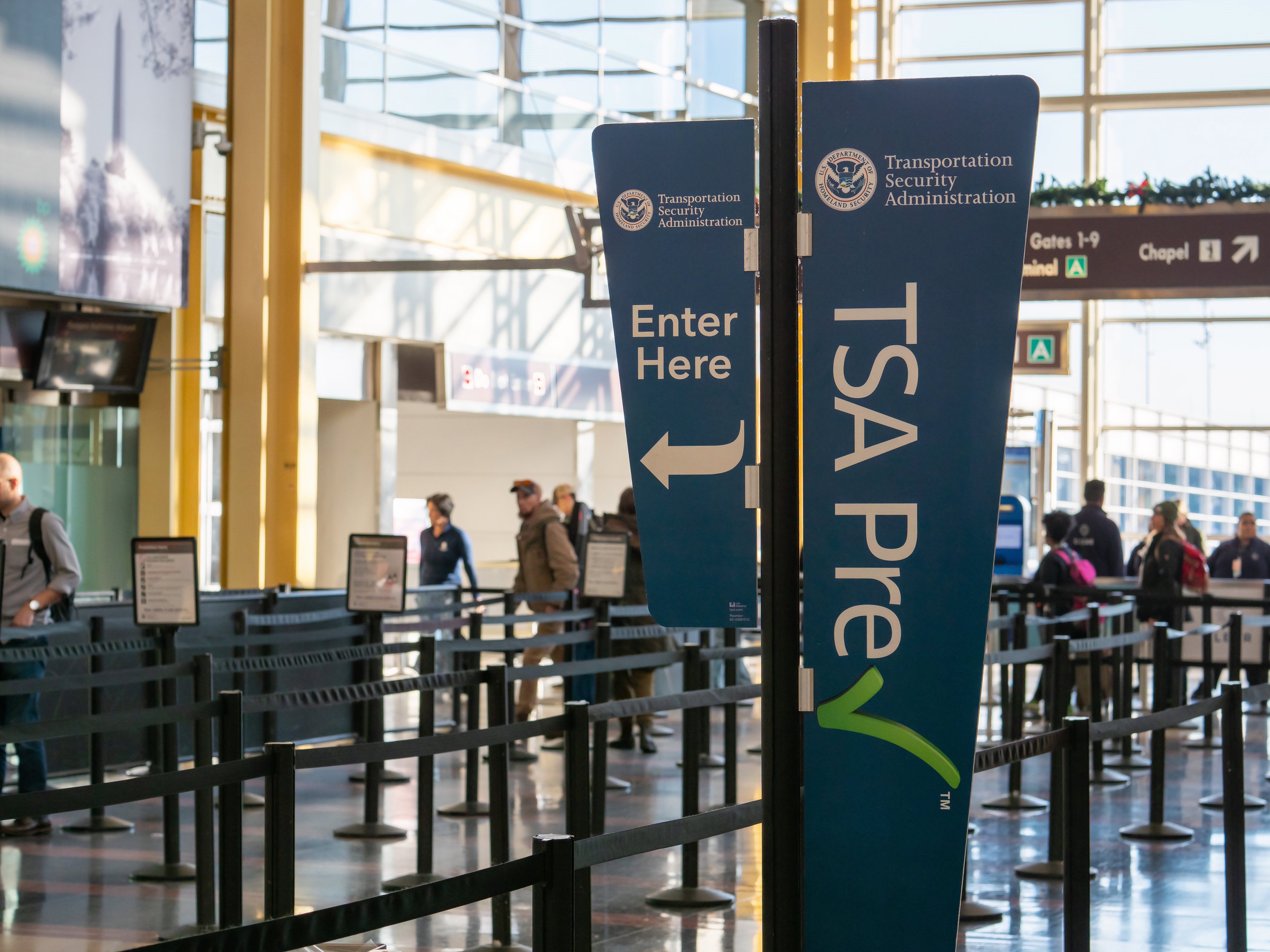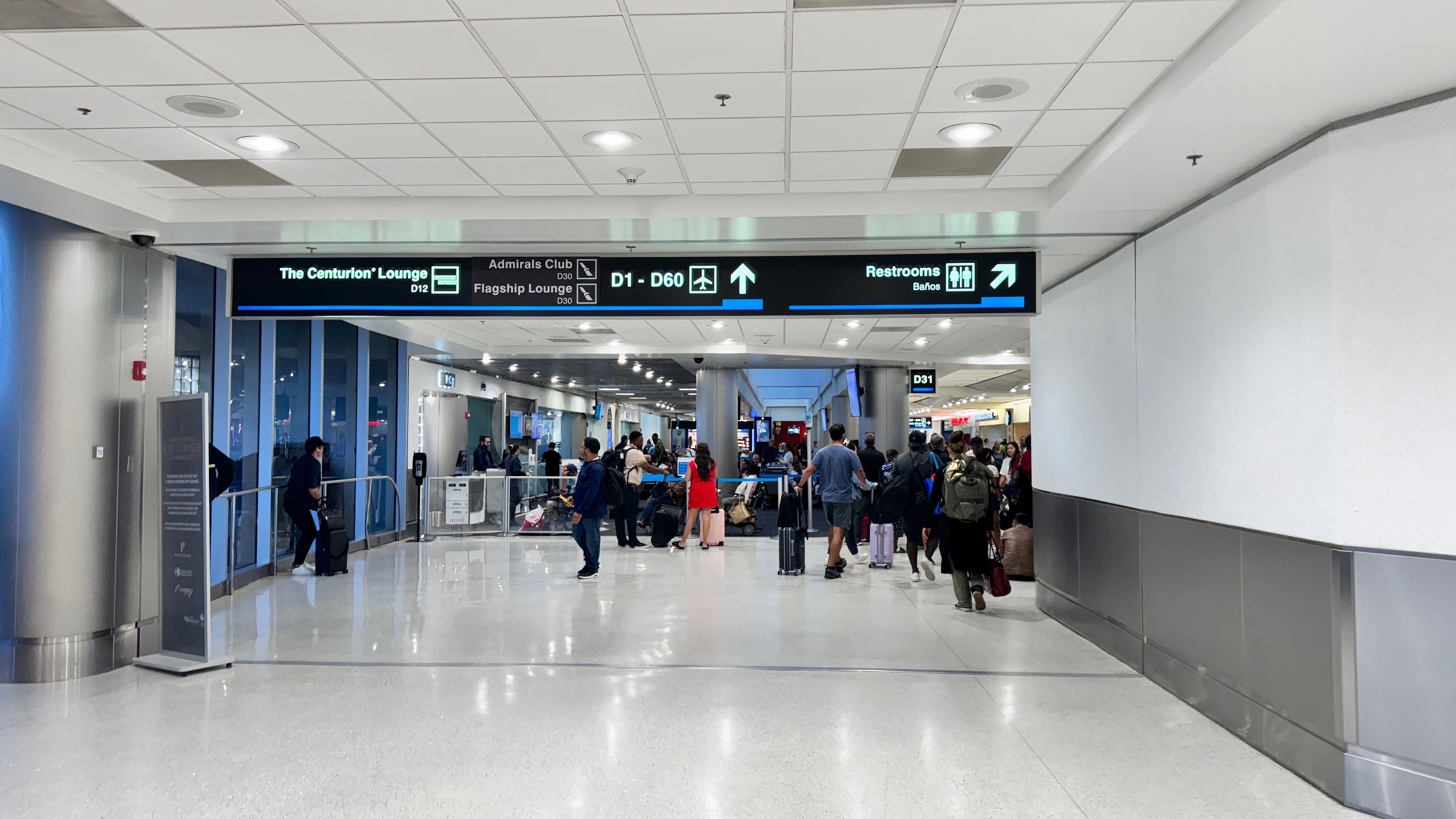|
Flight number |
AA949 |
|---|---|
|
Origin |
Miami International Airport (MIA) |
|
Destination |
Phoenix Sky Harbor International Airport |
|
Aircraft type |
Airbus A321neo |
|
Aircraft registration |
N468AN |
|
Aircraft age |
One year |
|
Class of service |
Main Cabin (Economy) |
|
Seat |
30C (window) |
This trip started in San Jose, Costa Rica, and the first leg of the flight was pretty smooth. As I connected from an international flight, I had to clear immigration and customs in Miami. As I got to the immigration checkpoint, I saw that the regular lines were long, which made me even more happy to have global entry
.
One of the best Global Entry features, which is quite recent and seems to have been discovered by a few people, is the app. Just like the Mobile Passport app, the Global Entry app shortens the immigration process. Now that the app has been rolled out across several US airports, it does not even require flight information to be added, but simply a selfie and the airport and terminal.
When I reached the Global Entry line, several people were waiting to take their photos at the kiosk, and because of the app, I was able to cut all of them. Within seconds, I had cleared immigration and did not even have to show an officer my passport. There seemed to be a lot of international arrivals at Terminal D when I arrived, and the baggage carousels were packed.
Thankfully, I did not have a checked bag and was able to exit immediately. Surprisingly, there were no officers at the exit, and everyone was able to go straight through.
Up until this point, everything had gone smoothly. When I was back landside, I found that there were no CLEAR
kiosks at the checkpoint right by where I exited customs. I went to the next checkpoint, and only when I arrived at CLEAR, did I notice that my boarding pass did not state that I had TSA PreCheck. Unfortunately, after scanning my eyes at the kiosk, it also did not indicate I had PreCheck, and neither did the TSA agent who cleared me.
On the first leg of my trip, which was from San José, Costa Rica, to Miami, I used an American Airlines kiosk to get my boarding pass, and my Known Traveler Number (KTN) was on my reservation. Why I did not have a PreCheck indicator on my boarding pass is a mystery to me. I do suspect it has something to do with me being selected for random inspection and having the ‘SSSS’ on the boarding pass for the first leg of my trip, but cannot be certain.
Photo: David Tran Photo | Shutterstock
At first, I was annoyed but did not think it was a big deal not to have PreCheck on my boarding pass. But, pretty soon, I was quite frustrated. The line was long and was not moving. By the time I finally reached the bins, one of the staff members told me that I needed to pull out every single piece of camera equipment of mine to get through the checkpoint. This is when I got really frustrated.
At the PreCheck line, members are not required to remove light jackets, laptops, or shoes, all three of which I had to remove in the regular line. That is when I found out that my camera gear also had to be removed and that if I had my drone with me, I would have been sent to another inspection point. By the time I finally got through security, my backpack was selected for secondary inspection, and it turned out that my Bible looked ‘suspicious.’
I still had a few hours before my flight, so I went to the Turkish Airlines lounge in order to take a shower before boarding my flight to Phoenix. After rushing through the lounge, I ran to a restaurant in Terminal D where I could use my Priority Pass membership for a meal, and by then, had just a few minutes before boarding began.
Photo: Lukas Souza | Simple Flying
At the gate
By the time I reached my gate, D8, we had less than five minutes before boarding. I asked the gate agent to switch my seat to a window and was told the flight was full. Instants later, boarding began. I got a notification that boarding started at 19:54, and by 19:55, Group 4 was already boarding.
By 19:58, I was on the jetbridge and on my way down to the plane. Immediately after boarding, I noticed that this A321neo was equipped with the new overhead bins that fit bags on their sides. Two unique things about the A321neo for American are the mid cabin jumpseat, not at a bulkhead, and a mid-cabin lavatory. I sat a few rows behind the mid-cabin lavatory in 31C, which turned out to be the wrong seat.
On the plane
I accidentally sat in 31C instead of 30C and asked the passenger whose seat I was in if she was okay with switching seats with me. She was, and that was the end of that. Like the rest of the narrowbody fleet, this aircraft was not equipped with inflight entertainment screens (IFE), but it did have device holders. Leg room was quite standard, and more than enough space for me.
Each seat was equipped with USB power next to the tray table, and 110V power outlets were available under the seats.
Doors closed at 20:21, nine minutes before our scheduled departure, but our pushback did not begin until 20:31. We taxied for more than 15 minutes and at 20:47, took off from runway 8R. The air after takeoff was pretty bumpy, to the point the flight attendants were not able to begin their inflight service, which did not begin for about 90 minutes.
The service was simple and the same as every other short-haul American Airlines flight I was on recently. We were offered Biscoff Cookies and a selection of soft drinks, coffee, and water. As I already had dinner, I opted not to have anything and slept instead. By 00:41 Eastern time (21:41 Pacific Time in Phoenix), the captain told us we were beginning our descent into Phoenix Sky Harbor International Airport (PHX).
By 22:06, we landed in Phoenix, and five minutes later, we pulled into our gate at Terminal 2. Our flight was not due until 22:24, and we arrived at 22:11. Overall, not much to write home about. The flight was smooth and on par with the rest of American’s domestic operations.



